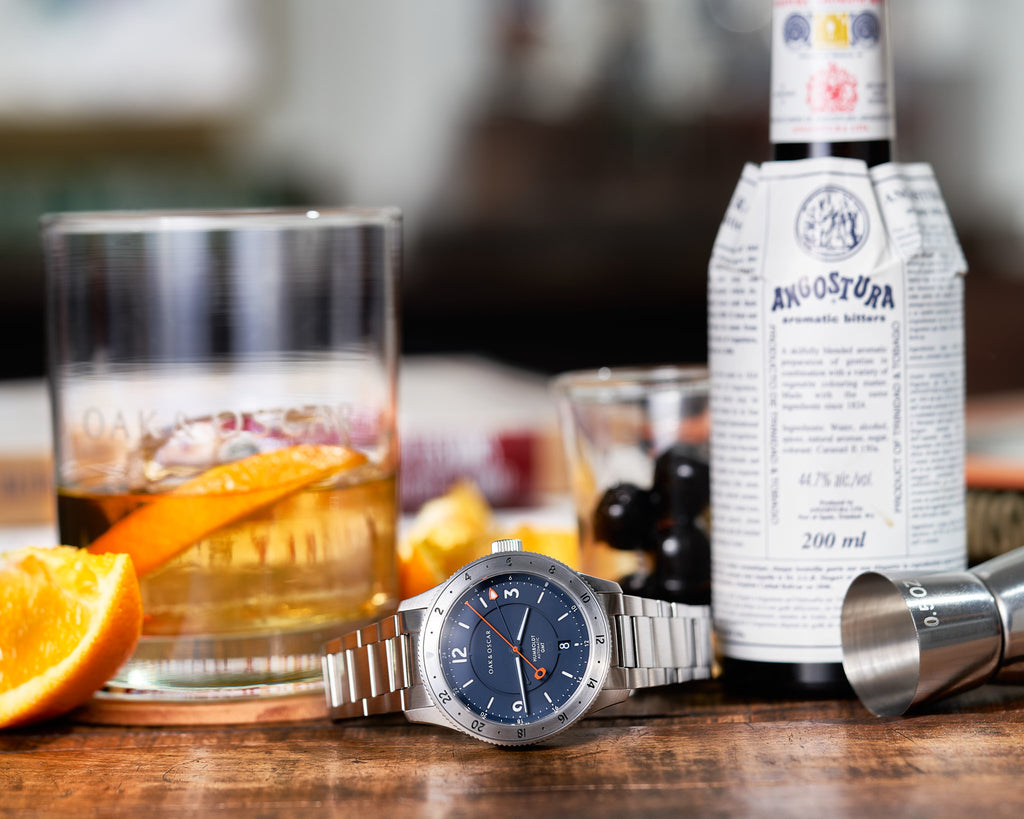From the Bench: Bitter Bevels



The photo above shows a slip of gentian after it has been shaped into a tool for anglage, and another after the diamond paste is applied. The fine point allows the tool to get firmly into the "interior angles" of a bevel—a kind of bevel that can only be hand formed. The second image has polishing paste in two stages of use. The green paste is fresh and unused, while the black portion is dirty with metal.



